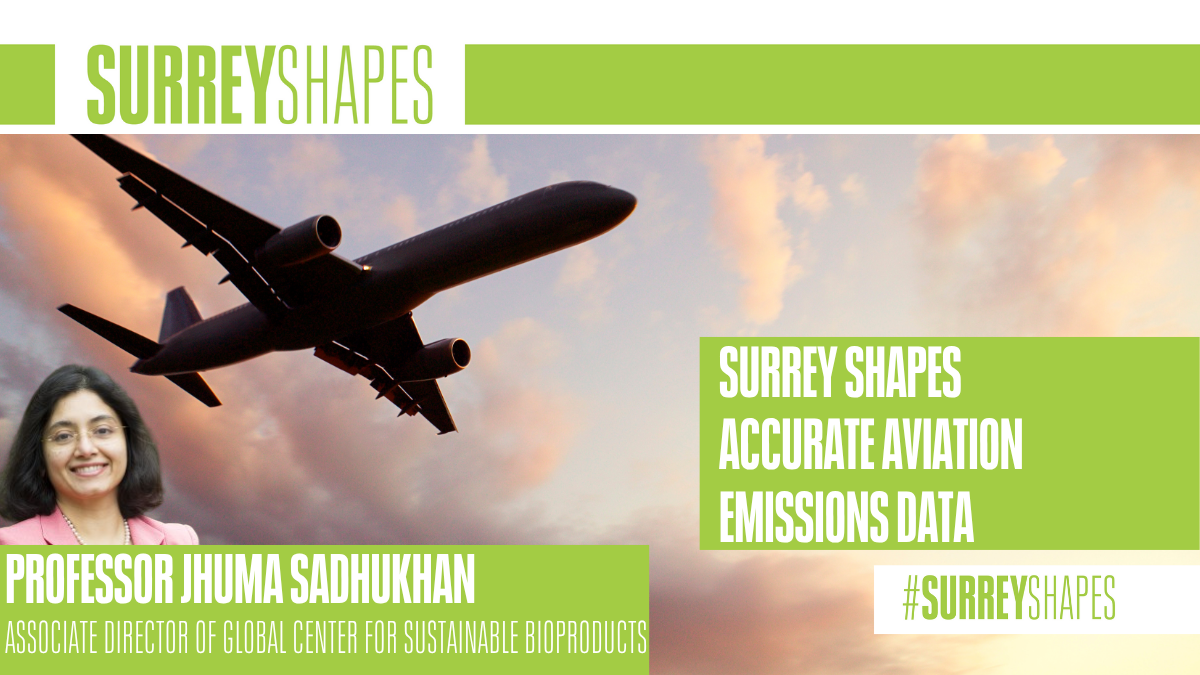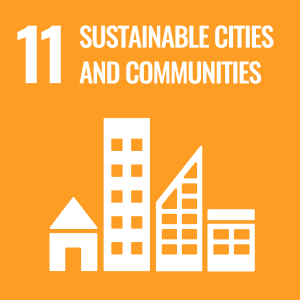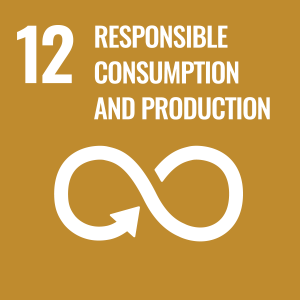Advanced flight emissions calculator built by Surrey shows the real cost of flying
Many carbon calculators used by airlines and travel companies are dramatically underestimating the real climate damage caused by air travel, according to new research from the University of Surrey.

The team, which includes Professor Jhuma Sadhukhan (PI), Dr Jonathan Chenoweth, Professor Xavier Font and Finn McFall from the Centre for Environment and Sustainability, have developed a tool that shows the true footprint of a flight can be more than double current industry estimates – especially for premium passengers.
The Air Travel Passenger Dynamic Emissions Calculator (ATP-DEC) is the first to account for the full life cycle of flying. It includes not only CO2 but also other warming effects such as nitrogen oxides, water vapour and contrail-induced cloudiness, which most calculators ignore. These “non-Kyoto” impacts can be more than twice the size of the CO2 emissions from a flight.
The study, published in Nature Communications Earth and Environment, also factors in upstream emissions from fuel production and in-flight services, as well as the environmental cost of airports and aircraft over their lifetimes. It adjusts for real-world flight paths using historical flight path data, capturing the extra fuel burn from diversions, delays and airspace closures – something static calculators cannot do.
We have proved that existing flight data can capture real-world variations. By delivering a transparent, source-by-source breakdown of emissions per flight, travellers and policymakers can make smarter, targeted climate decisions.Finn McFall, Knowledge Transfer Partnership Associate and co-author of the study
“By combining life-cycle analysis with real-world flight data, ATP-DEC will provide regulators, airlines and passengers with far more accurate and transparent information on carbon disclosure, helping align aviation industry with climate targets and the newest regulations in EU.”Eduard Goean, Visiting Professor at the University of Surrey and VP of Therme Group
Benchmark tests against over 30,000 flights show ATP-DEC’s estimates closely match actual post-flight data, compared with substantial under-reporting by leading calculators. On some long-haul routes, standard methods understated per-passenger emissions by tens of thousands of tonnes in a single year. For example, the closure of Russian airspace means that many long-haul flights between Europe and Asia take detours of thousands of kilometres, consuming more fuel, and producing more emissions. The ATP-DEC captures this operational variation, while existing static calculators cannot.
[ENDS]
Note to editors:
- Finn McFall and Professor Xavier Font are available for interview, please contact mediarelations@surrey.ac.uk to arrange.
- The full paper is available in Nature Communications Earth and Environment
Related sustainable development goals




Featured Academics
Media Contacts
External Communications and PR team
Phone: +44 (0)1483 684380 / 688914 / 684378
Email: mediarelations@surrey.ac.uk
Out of hours: +44 (0)7773 479911


